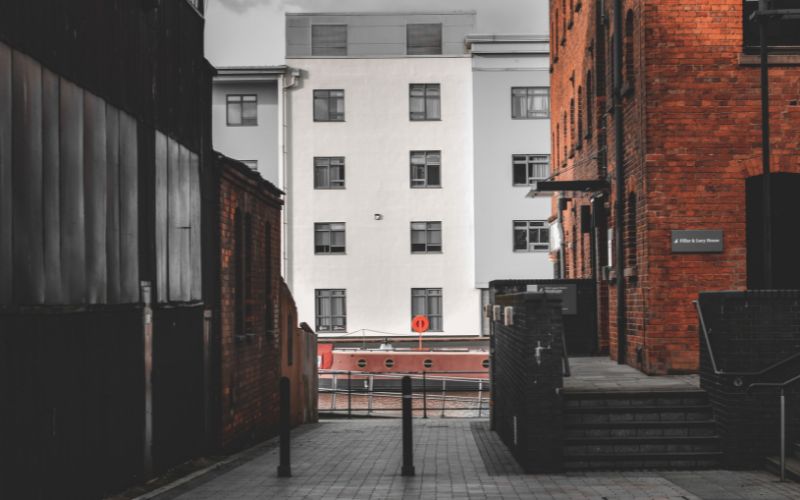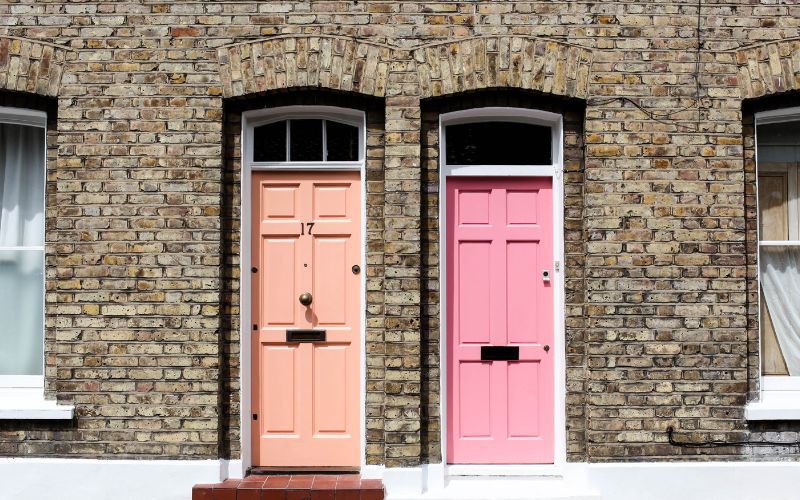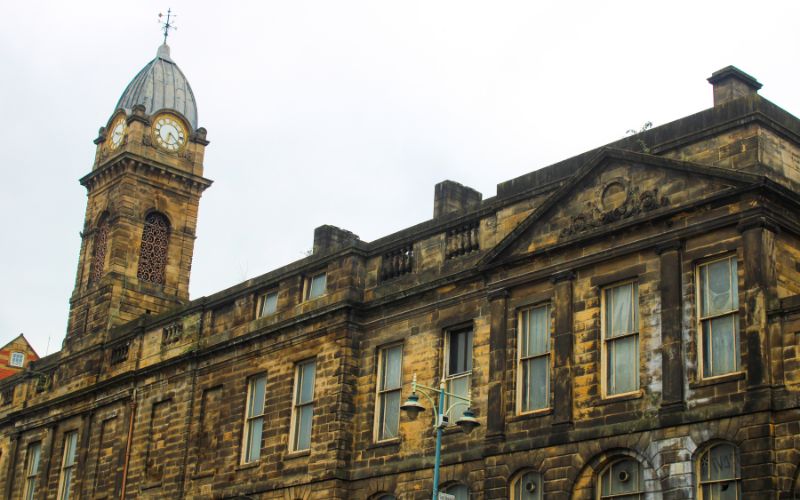Greenfield land refers to undeveloped or agricultural land, often characterised by its open spaces, natural landscapes, and ecological significance.
The decision to develop on these pristine areas comes with a host of pros and cons that must be carefully weighed.
Housing output
One of the most compelling arguments in favour of building on greenfield land is the pressing need to address the housing crisis.
As cities expand and urban areas become more densely populated, there is a demand for new housing units.
Developing greenfield land can contribute to increasing the housing supply and alleviating the strain on the housing market, leading to the creation of new infrastructure such as roads, utilities, and public facilities.
This can lead to improved connectivity, transportation options, and amenities in previously underserved areas, enhancing the overall quality of life for residents.
However, new developments run the risk of putting existing infrastructure and public services under immense pressure.
Increased demand for schools, healthcare facilities, transportation networks, and utilities may outpace the capacity of local authorities to provide adequate services.
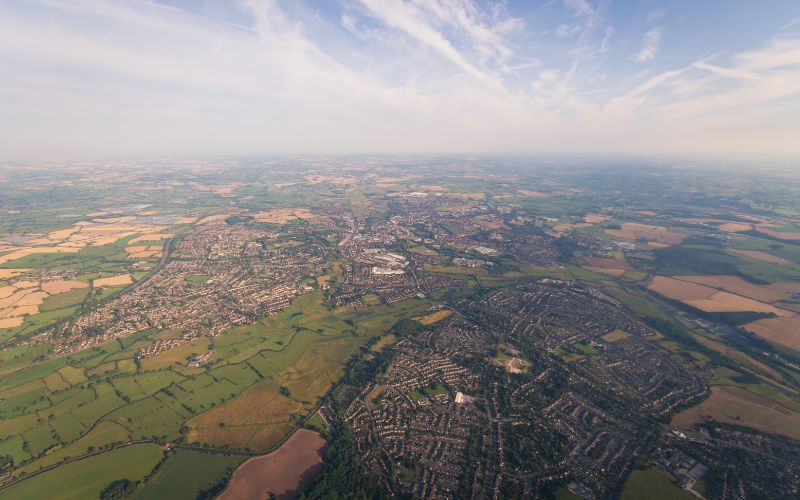
Economic growth
Choosing to develop on greenfield land can stimulate economic growth by creating jobs in construction, design, planning, and related industries.
The development of new housing estates and infrastructure can inject capital into local economies, fostering business activity and boosting employment opportunities.
Existing brownfield sites, areas of land that have already been developed on and are currently unused, also provide the same economic benefits and should be considered before resulting to greenfield options.
It has already been stated that by retrofitting the UK’s brownfield sites, this has the potential to generate more than £35bn alone and reduce carbon output by 5% each year.
Wildlife and climate
One of the most significant concerns associated with building on greenfield land is the potential loss of biodiversity and destruction of natural habitats.
Many greenfield areas host diverse ecosystems, and development can disrupt the delicate balance, leading to the decline or extinction of plant and animal species.
Additionally, the conversion of greenfield land for housing and other development can reduce the availability of fertile agricultural land.
This can have implications for food production and self-sufficiency, potentially increasing reliance on imports and affecting local food systems.
Furthermore, paving over green spaces reduces the land's ability to absorb rainwater, ultimately increasing the risk of flooding and impacting local climate patterns.
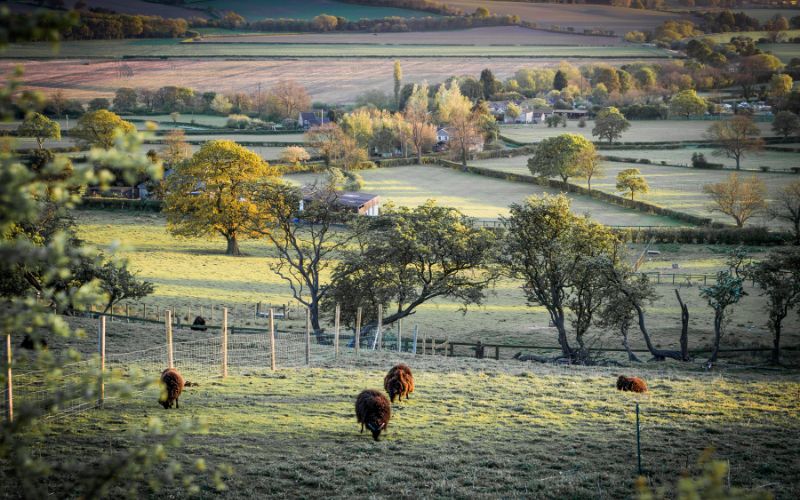
Community impact
The development of greenfield land can lead to changes in the character and identity of local communities.
Long-established cultural, social, and historical ties to the land may be disrupted, and new developments may face resistance from residents who value the area's natural beauty and tranquillity.
That being said, well-planned developments on greenfield land can promote the creation of mixed-use communities that integrate residential, commercial, and recreational spaces.
This design philosophy encourages walkability, reduces urban sprawl, and supports a more sustainable lifestyle.
Conclusion
The decision to build on greenfield land is a complex and multifaceted issue with far-reaching consequences.
While addressing the housing crisis and fostering economic growth are important priorities, they must be balanced with the need to preserve biodiversity, protect agricultural land, and mitigate the impacts of climate change.
Effective planning, sustainable design, and community engagement are essential components of any development on greenfield land, ensuring that the benefits are maximised while minimising negative impacts.
As policymakers, developers, and communities navigate this delicate balance, it is crucial to consider both the short-term benefits and the long-term implications of building on these irreplaceable landscapes.
Who are we?
Our team of Chartered Building Surveyors work closely with property owners, local authorities, landlords, and social housing providers across London and the South Coast to proactively navigate a changing horizon. From ensuring new projects are delivered on time and in budget, to delivering EPC and MEES upgrades on behalf of landlords.
Read more about our solutions here:
Reinstatement Cost Assessments
Planned Preventative Maintenance
Alternatively, email us at enquiries@sillencehurn.co.uk or call our Southampton team on 02380 014786 or London at 020 3143 2128.
If you're looking for the next steps in your career why not check out our latest opportunities and see if we align with you and your values!


